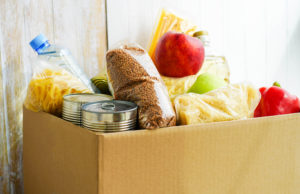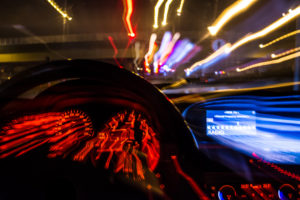We have now had roundabouts in Minnesota for a couple of years now. People actually know what they are when they see them now. For the most part, drivers are starting to become efficient and maybe even proficient at their use. The Minnesota Department of Transportation recently took a look at the numbers and proclaimed:
“The data show that they are the safest intersections we have,” said Ken Johnson, of the Minnesota Department of Transportation.
That meshes with U.S. Department of Transportation statistics that show roundabouts reduce fatalities by 90 percent.
That is wonderful news. The truth of which will bare out over the next couple of years.
In the office, we have seen depositions and hearings involving the collisions that had taken place as people get used to using them. We also, before their existence, saw the collisions that took place at these previously regular intersections. It is fine by us if the trend means more safety and less people hurt because, despite the garbage you hear out there from the insurance company, the goal of making things safer is a big part of what tort law is really all about.
Currently, there are 115 roundabouts statewide, with another 39 planned or under construction. By comparison, Wisconsin has 193 roundabouts. The key to the right intersection is enough land, and these don’t tend to work on intersections where one roadway carries significantly more traffic than the one crossing it.
MDOT also pointed out the advantages:
- Cars travel through roundabouts an average of 10 seconds faster during rush hour. Because they don’t stop.
- Less stops means less pollution from idling vehicles.
- Less stops means no accumulation of ice that you will see from exhausts of stopped cars during the winter.
- When drivers enter a roundabout, they slow their cars. So if there is a collision, it is most likely to be among cars headed in the same direction.
- They consume no electricity.
- They have less paved area, which means that pollution-bearing runoff is reduced. In a conventional intersection of four-lane roads, the additional turn lanes can make roads seven lanes wide where they meet.
The Saint Paul Pioneer press reported on the date:
How safe are they? Johnson says they are one reason the state’s highway fatalities are dropping.
No one has proven a connection, but fatalities started falling four years ago, which is about when the state’s roundabout building binge began.
Typical is the state’s first roundabout, built near New Prague seven years ago.
The intersection had been the site of two deaths and 50 injury-causing accidents in five years. But since the roundabout was installed, there have been no fatalities and only four injury crashes.
The physics of any crash are now changed because you don’t have right angle collisions when cars run stop lights or stop signs.
It is interesting to see the discussion the Mankato Free Press had about people who are looking at a new one down there:
“I think they’re a dumb idea,” Jeff said. “They’re not meant for semis. If you have an accident in a roundabout, it shuts down the whole intersection …”
The numbers seem to indicate that in the long run Jeff (who refused to give his last name) will be a lot safer.

A founding partner with Bradshaw & Bryant, Mike Bryant has always fought to find justice for his clients—knowing that legal troubles, both personal injury and criminal, can be devastating for a family. Voted a Top 40 Personal Injury "Super Lawyer" multiple years, Mr. Bryant has also been voted one of the Top 100 Minnesota "Super Lawyers" four times.










2 Comments
ScottB
Jeff is wrong about trucks. Modern roundabouts are designed for trucks and trailer towing vehicles by including the center flat area around the circle. It’s not a sidewalk, it’s called a truck apron, and it’s for trucks to begin a sharp right or end a left or U-turn on. Visit http://www.youtube.com/watch?v=vsCoI7lERGE
Or http://www.youtube.com/watch?v=0nVzsC2fOQw for examples.
Mike Bryant
Thanks for reading and the comments. I agree Jeff is incorrect.
Comments for this article are closed.